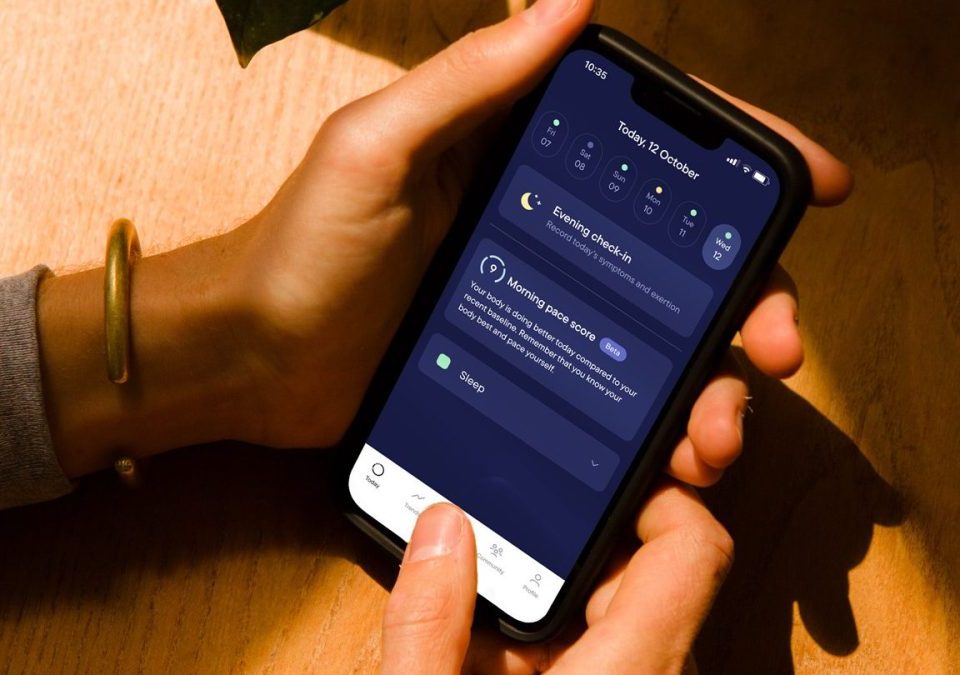Pharmageek

Visible is a new activity-tracking platform designed to help those suffering from Long COVID track and manage their symptoms.
Lire l'article complet sur : techcrunch.com

Every click you make online counts. It is ridiculously easy to fall down a rabbit hole on any subject. You could accidentally go for hours scrolling through content from cat videos to updates on vaccines. While these may just be displays of innocent scrolling, we could just as easily be feeding our minds with dangerous content difficult to remove from our brains later on.
Lire l'article complet sur : dailycampus.com

Two views on the pigmentation dependence of pulse oximetry.
Lire l'article complet sur : www.nature.com

Minority populations disproportionately suffer from the effects of COVID-19, as evidenced
by nearly three times the infection rate and one to two times the death rate among
Black, Indigenous, and Latino people compared with White people.1 Although some assume
that these disparities are rooted in genetic differences between racial or ethnic
groups, they are more likely a result of structural inequalities. Minority groups
tend to live in densely populated areas, have limited access to health care, and have
higher rates of comorbidities, among other factors, that put them at greater risk
for infection.
Lire l'article complet sur : www.thelancet.com





